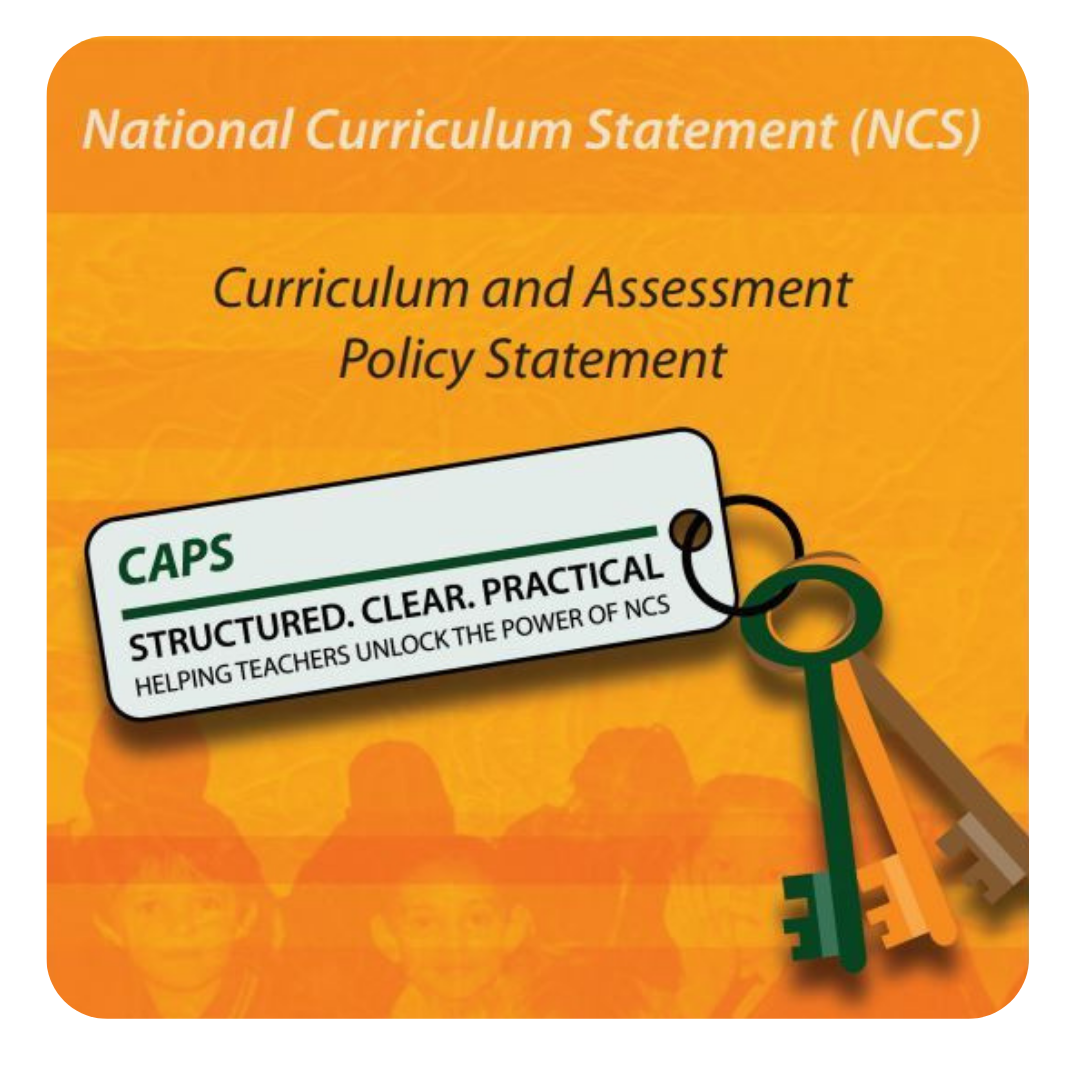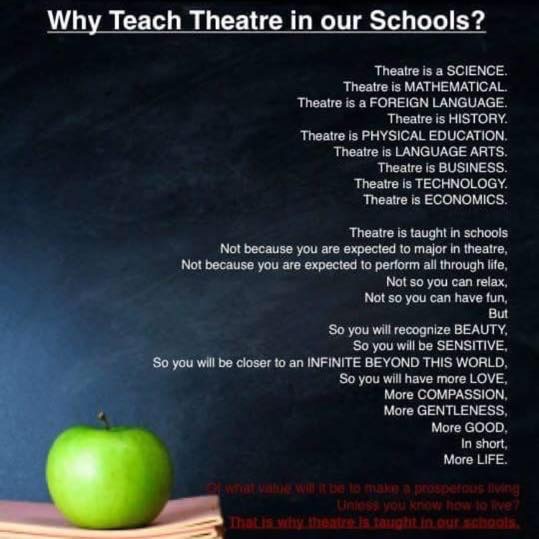"I've been teaching since 1997 but getting an iPad in 2017 and being exposed to the wonders of apps and how they could enhance my pedagogy changed my life. My teaching became more learner centered and I continue to learn and grow each day through sharing and collaboration with others."
See how Roché and her team of Art, Music and isiXhosa educators worked together to design and implement a Grade 6 PBL unit about folktales.










